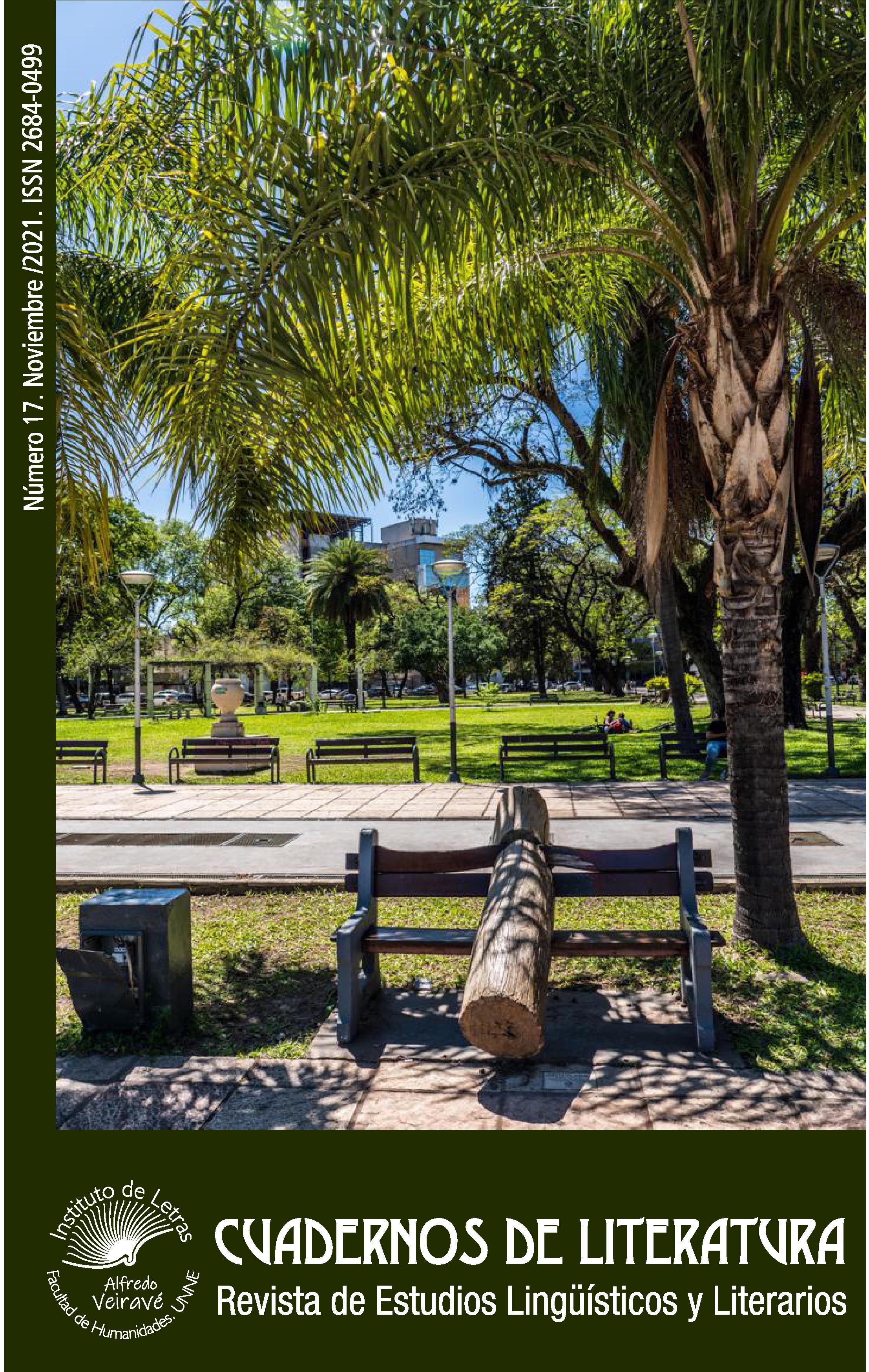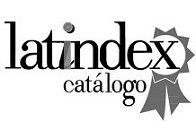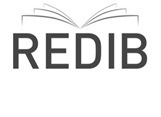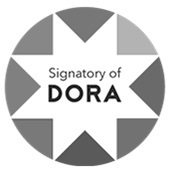Grammar at the higher level. Classrooms permitted of senses
DOI:
https://doi.org/10.30972/clt.0175697Keywords:
Grammar, Semiotics, Borders, Teaching, Metalinguistic reflectionAbstract
This article aims to share some dynamics of Spanish grammar classrooms, understood as teaching and learning environments in which the specific contents of the subject intersect with theoretical and methodological categories from the field of semiotics, allowing us to highlight the meanings and the senses of the language in use. Our research on grammar and its relationships with neighboring disciplines take as a basis for analysis and reflection lexical pieces, phrases and dialect sentences that exhibit in discursive materializations the marks of a cultural and linguistic miscegenation. Key concepts such as border, daily life, experience, conversation and stories, put into articulations with principles and operations of functional grammar –text, context, options and resources, interactions, register, social actors– and the textual phenomena of coherence, cohesion, adequacy allow to build a consistent plot to sift the grammatical and lexical dimensions supported by an approach of interoperability or interfaces between the different levels or dimensions. We thus favor the construction of a device for studying and working with the language to justify ways of teaching grammar at the higher level from and towards interactions and effective uses in various contexts –face-to-face and virtual–, supported by metalinguistic reflections and contributions of critical pedagogy.









52.jpg)









